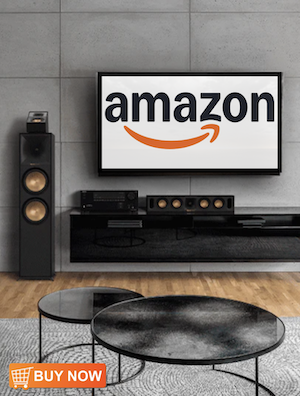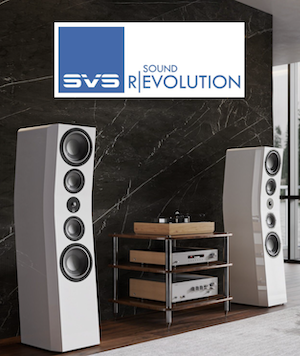Kerr Forrest
Registered
Thread Starter
- Joined
- Sep 21, 2020
- Posts
- 9
Hi,
I am a mechanical engineering student currently working on my Masters project to "design a loudspeaker for a specific listening environment" (my project brief). I plan to design a pair of bookshelf-style passive speakers to use with my amp and turntable set up in a room in my parents house. Because I will be designing the speakers specifically for the acoustics of that room I plan to start by using REW to gather information about the room's sonic characteristics and then work backwards by designing the speakers to hopefully complement the room acoustics as well as possible.
If anyone has any experience in using REW in a similar way (for speaker design rather than, say, working out where best to position existing speakers) I would love to hear your recommendations regarding which features of REW I should look into using and/or the kind of data which is most important for speaker design.
I am completely new to using REW, it was recommended to me by a friend, so I would also appreciate any resources you could point me to to get started.
Cheers,
Kerr.
I am a mechanical engineering student currently working on my Masters project to "design a loudspeaker for a specific listening environment" (my project brief). I plan to design a pair of bookshelf-style passive speakers to use with my amp and turntable set up in a room in my parents house. Because I will be designing the speakers specifically for the acoustics of that room I plan to start by using REW to gather information about the room's sonic characteristics and then work backwards by designing the speakers to hopefully complement the room acoustics as well as possible.
If anyone has any experience in using REW in a similar way (for speaker design rather than, say, working out where best to position existing speakers) I would love to hear your recommendations regarding which features of REW I should look into using and/or the kind of data which is most important for speaker design.
I am completely new to using REW, it was recommended to me by a friend, so I would also appreciate any resources you could point me to to get started.
Cheers,
Kerr.














